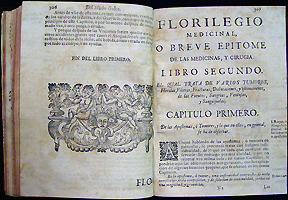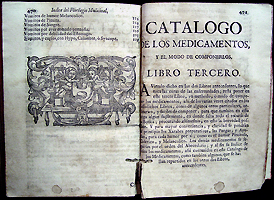Español - Italiano
Early Medical Guides in New Spain
Medical care in New Spain (early Mexico) was heavily influenced by Catholic religious orders and missionaries during the Spanish colonization of the Americas beginning in 1492 and continuing into the 19th century. Caring for the sick was part of the Seven Corporal Works of Mercy (charitable acts of mercy for bodily needs) outlined in the Bible and carried out by priests and lay members of the church. Tending to the medical needs of the poor and underserved fell naturally into the hands of these religious missionaries as a part of their "works of mercy" and they became the main source of medical care for many indigenous peoples.
Members of the Jesuit and Augustinian religious orders ministered to people in remote regions of New Spain where access to formally trained doctors was rare or non-existent. In addition to tending to the spiritual needs of the people, priests and lay members of these religious orders tended to the people's medical needs. It is, therefore, not surprising that many of the first medical books in New Spain were written by religious missionaries and by doctors who joined the religious life later in their lives. Many of these medical guides were infused with words of faith and dedications to the Virgin Mary, in addition to details on diagnosing and treating illnesses.
The fusion of faith, religion, and medicine was inevitable. As religion and medicine were intertwined over hundreds of years as a result of medical treatment administered by priests of religious orders, the early medical guides written by them, and the merging of Catholic and indigenous religious traditions, it is not surprising that faith and healing played such an important role in everyday life.

Friar Augustin Farfán, a member of the Augustinian religious order, authored two important medical texts: Tratado Breve de Medicina, (A Brief Treatise on Medicine) published in 1579, and Tractado breve de anothomia y chirugia, y de algunas enfemedades (Brief Treatise on Anatomy and Surgery, and of some illnesses), published in 1592.
A Spanish doctor by profession, Pedro Garcia Farfán was admired as an excellent surgeon and served as a family doctor to King Philip II of Spain. By 1568, he had joined the Augustinian Order, became known as Augustin Farfán, and traveled to the new Spanish colony. Tratado Breve de Medicina was one of the earliest medical guides of New Spain and was instrumental in helping treat many new diseases that afflicted indigenous peoples as a result of the introduction of these illnesses by Spanish settlers.
Tratado Breve de Medicina consists of four parts and an alphabetical index of diseases. The first part discusses the ailments of the stomach. The second part deals with methods to cure wounds of the mouth, throat, eyes, and the treatment for the common cold. In addition, Farfán criticizes formally trained physicians referring to them as "matasanos" or "bad doctors". The third part focuses on blood ailments while part four deals with both simple and complex sores, wounds of the head, stomach ulcers, and bladder problems. An index of diseases is provided at the end of the book.
Tratado Breve de Medicina first introduced the therapeutic uses of cocoa to Europe.

One year before the publication of Friar Augustin Farfán's Tratado Breve de Medicina, another important medical book was published, Summa y Recopilación de Cirugía (Sum and Compilation of Surgery) by Alonzo Lopez de Hinojosos.
Alonzo Lopez de Hinojosos, a Spanish physician, came to Mexico in 1567, and later in his life joined the Jesuit religious order. He is believed to be the first surgeon in New Spain and his book, Summa y Recopilación de Cirugía, the first treatise of surgery on the American continent. Summa y Recopilación de Cirugía is a combination of traditional European and indigenous medicine and provides remedies for diseases as well as instruction on traditional treatments such as purging.

Juan de Esteynefer, a Jesuit clergy in New Spain, authored one of the most influential medical guides in Latin America. Born in Europe, Johannes Steinhöffer arrived in Mexico in the late 1690's, and became known as Juan de Esteynefer. As a Jesuit clergyman, Esteynefer served the indigenous peoples in northern Mexico. After seeing the lack of medical care available in these remote areas and recognizing the suffering of the people, Esteynefer was moved to create an instructional medical guide to assist other Jesuit clergy and missionaries in caring for the medical needs of these indigenous communities. As he states in the subtitle of his book, Florilegio Medicinal,
"Of all illnesses, drawn from various and classical authors, for the good of the poor, and for those who lack doctors, in particular for the remote provinces, where the missionaries of the Company of Jesus [Jesuits] administer."
Florilegio Medicinal, first published in 1712 (Mexico), combines European medical knowledge with knowledge of indigenous herbs and medicinals of Mexico and was written in an understandable and accessible language. It is composed of three books or sections: Medicine, Surgery, and Drugs.
"Libro Primero", the first book, is an anthology of medicine providing information on causes and symptoms of diseases and illnesses.
"Libro Segundo", the second book, is a "short epitome of medicine and surgery and the treatment of various tumors, wounds, ulcers, fractures, dislocation, bleeding, breathing, and leeches."
"Libro Tercero", the third and last book, is a catalog of drugs and how to compose and use them, including an alphabetically listing of drugs at the back of the book.
Florilegio Medicinal's popularity resulted in the reprinting of this medical guide four times during the 18th century and again in the 19th and 20th century. It was still being used as late as the 1970's by some folk healers in Mexico.
Last Reviewed: January 19, 2012



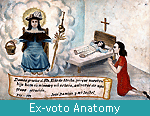
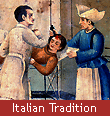
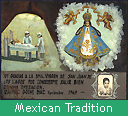
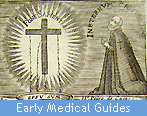

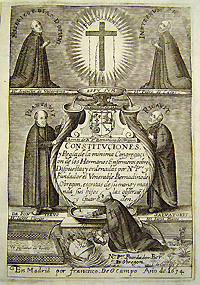

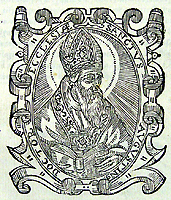
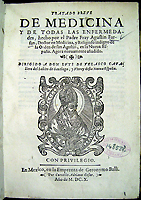
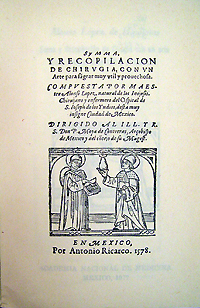
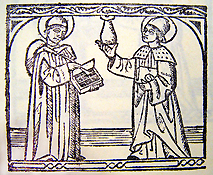
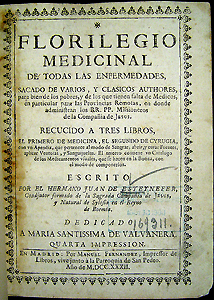
![Close-up of title page from Florilegio medicinal by Juan de Esteyneffer, 1732. "Of all illnesses, drawn from various and classical authors, for the good of the poor, and for those who lack doctors, in particular for the remote provinces, where the missionaries of the Company of Jesus [Jesuits] administer". NLM Unique ID 2473024R](images/floriinsetthumb.jpg)
